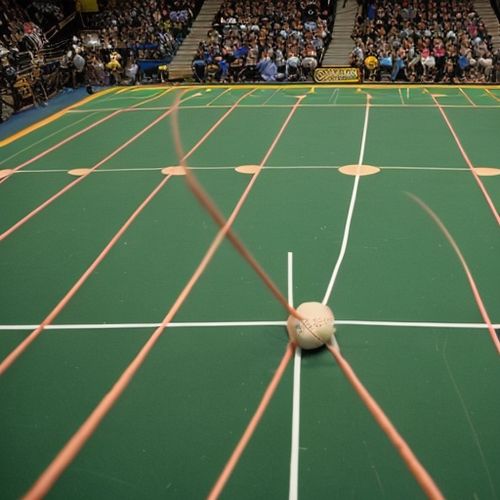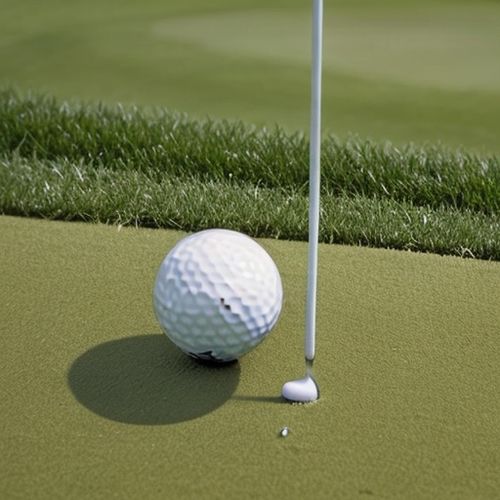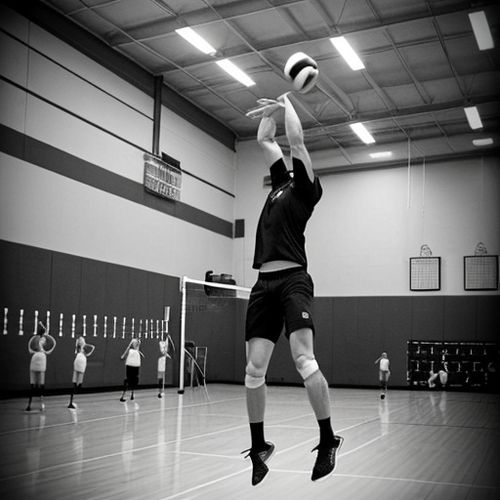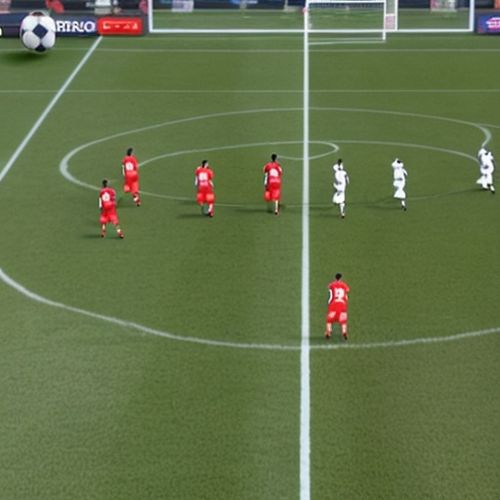The art of reading greens is one of golf's most subtle yet crucial skills, and understanding grain—the direction in which the grass grows—can make or break a putt. While many amateur players focus solely on slope and speed, seasoned golfers know that grain significantly influences how a ball rolls on the putting surface. Unlike the more obvious breaks caused by contours, grain operates almost invisibly, demanding a keen eye and years of experience to master.
Grain direction is primarily influenced by sunlight, water drainage, and mowing patterns. On Bermuda grass, which is common in warmer climates, the grain tends to grow toward the setting sun. This means putts traveling against the grain will slow down noticeably, while those rolling with the grain will gain unexpected speed. Bentgrass, often found in cooler regions, has less pronounced grain but still affects putts, especially on older or heavily used greens.
One telltale sign of grain direction is the sheen or color of the grass. When looking down the line of a putt, the green may appear shiny or light if the grain is growing away from you, indicating a faster roll. Conversely, a darker, duller hue suggests the grain is growing toward you, meaning the putt will be slower. This visual cue is often overlooked by casual players but is second nature to professionals who meticulously study every detail of the green.
The impact of grain becomes even more pronounced on shorter putts, where the ball spends more time in contact with the grass. A straight three-footer into the grain might require a firmer stroke than a six-footer with a slight break. This counterintuitive reality frustrates many golfers, as putts that appear straightforward can behave unpredictably based on the grass's lean. Wind can also exaggerate grain effects, as persistent breezes cause the blades to bend further in one direction over time.
Another factor complicating grain reading is the mowing height and frequency. Greens cut shorter tend to reduce grain's influence, while longer grass (common during wet conditions or at less-maintained courses) amplifies it. Tournament venues often double-cut and roll greens to minimize grain, but even then, subtle variations remain. Golfers who play the same course regularly develop an instinct for these nuances, much like a sailor learns the currents of familiar waters.
Modern green-reading books and digital tools now provide detailed grain analysis, but many purists argue this removes the artistry from the game. Traditionalists prefer to rely on tactile methods—dragging a putter blade lightly across the green to feel resistance, or observing how a partner's ball rolls—to gauge grain. There's an undeniable satisfaction in decoding nature's fingerprints without technological aid, a skill passed down through generations of golfers.
Grass type plays perhaps the biggest role in how severely grain affects play. TifEagle Bermuda, used at many championship courses, has an exceptionally strong grain that can deflect putts offline even on seemingly flat surfaces. Poa annua, notorious for its uneven growth patterns, creates inconsistent grain that changes throughout the day as new shoots emerge. This is why afternoon rounds often play differently than morning tee times on Poa greens.
Tour professionals have developed various techniques to combat grain's challenges. Some open their putter faces slightly when putting into the grain to add loft, helping the ball start rolling cleanly rather than digging into the grass. Others adjust their stance to hit more down on the ball when dealing with down-grain putts, preventing the dreaded "skid" that leads to blown past the hole. These micro-adjustments separate great putters from good ones.
The psychological aspect of grain reading cannot be overstated. Many golfers become paralyzed by overanalysis, standing over putts while trying to reconcile slope, grain, and speed. The best putters simplify their approach, using grain as just one piece of information rather than the sole focus. They understand that while grain matters, confidence and tempo ultimately determine whether the ball finds the bottom of the cup.
As course maintenance practices evolve, some superintendents are experimenting with techniques to minimize grain's effects, such as alternating mowing directions daily. However, most agree that grain is an inherent part of golf's challenge, much like wind or uneven lies. It rewards observation, punishes assumptions, and ensures that no two putts—even on the same line—are ever truly identical.
For those looking to improve their green-reading skills, start by studying practice putts from multiple angles before tournaments. Notice how the ball behaves differently when the grain changes direction mid-putt on complex greens. Over time, you'll develop an intuition for how much to adjust your aim or stroke based on the grass's whisper—a language spoken not in words, but in rolls, skids, and the occasional perfectly holed putt that seemed to defy physics.

By Rebecca Stewart/May 8, 2025

By Rebecca Stewart/May 8, 2025

By Joshua Howard/May 8, 2025

By Lily Simpson/May 8, 2025

By Victoria Gonzalez/May 8, 2025

By Christopher Harris/May 8, 2025

By Ryan Martin/May 8, 2025

By Megan Clark/May 8, 2025

By Samuel Cooper/May 8, 2025

By Noah Bell/May 8, 2025

By David Anderson/May 8, 2025

By Megan Clark/May 8, 2025

By William Miller/May 8, 2025

By William Miller/May 8, 2025

By Emily Johnson/May 8, 2025

By Ryan Martin/May 8, 2025

By Laura Wilson/May 8, 2025

By Eric Ward/May 8, 2025

By Joshua Howard/May 8, 2025

By Natalie Campbell/Apr 9, 2025